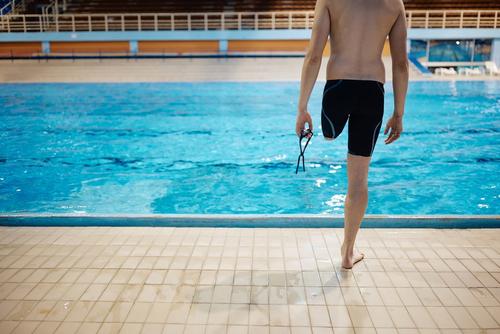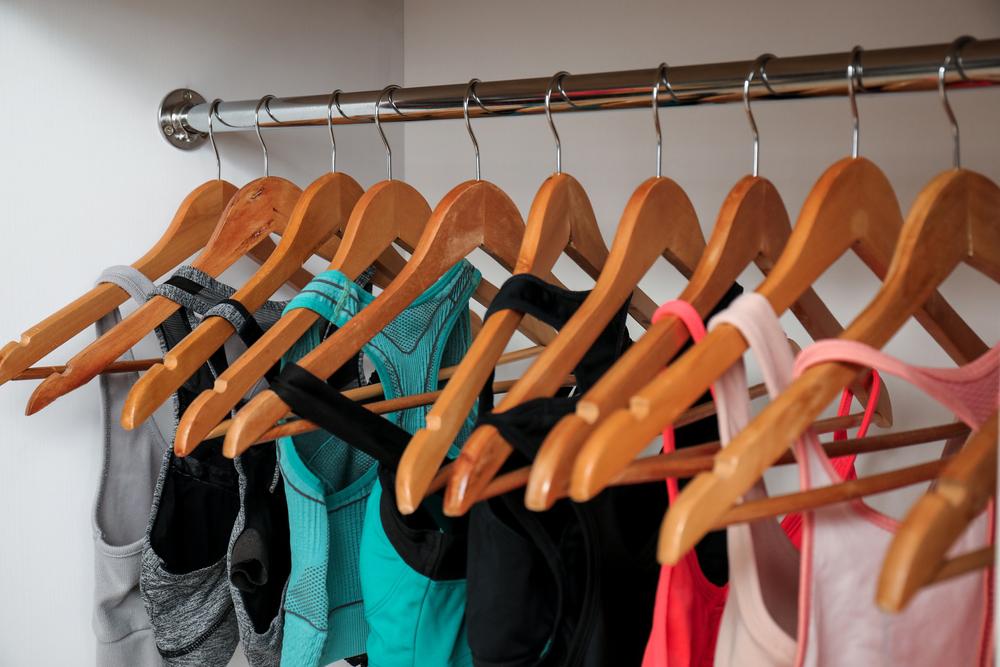 While the concept of body positivity has risen in popularity over the last few years, it can be a hard notion for athletes to embrace. With so much focus on performance and making improvements to their game, athletes can struggle to reconcile body positivity with a desire to improve performance, and while the two concepts aren’t mutually exclusive, they can be hard to balance.
While the concept of body positivity has risen in popularity over the last few years, it can be a hard notion for athletes to embrace. With so much focus on performance and making improvements to their game, athletes can struggle to reconcile body positivity with a desire to improve performance, and while the two concepts aren’t mutually exclusive, they can be hard to balance.
If this struggle sounds familiar, embracing body neutrality rather than positivity may be an easier, healthier target for you. TrueSport Expert and licensed clinical psychologist, Dr. Melissa Streno, has seen the rise of the more realistic body neutrality model in recent years and believes that this new approach to body image may be a great focus for athletes who struggle with body positivity.
What is body positivity?
Body positivity sounds like a great concept: In short, it’s the idea of accepting and celebrating one’s body regardless of any physical characteristics. But for athletes, this can be a difficult proposition, since improving one’s athletic skill requires an awareness of improvements and progress. Body positivity can also be difficult for any person, Streno says, simply because feeling positive at all times is an impossible task. The social comparisons young people face are also impossible to avoid.
“Body positivity can actually be negative for some athletes, because when they try to maintain body positivity but find fault with themselves, they feel like they’ve failed,” says Streno. “But no human feels 100 percent great all of the time.”
Because of this, body neutrality—where you don’t have any judgments about your physical body—may be an easier target.
What is body neutrality?
 “Body neutrality lets you move away from how your body looks, and instead, lets you focus on what your body can do,” says Streno. “The goal is to move away from the physical appearance and connect with how your body aligns with your values, like the ability to move freely or do a certain activity. Focus on what your body allows you to do, rather than what it looks like.”
“Body neutrality lets you move away from how your body looks, and instead, lets you focus on what your body can do,” says Streno. “The goal is to move away from the physical appearance and connect with how your body aligns with your values, like the ability to move freely or do a certain activity. Focus on what your body allows you to do, rather than what it looks like.”
Developing a more body-neutral approach can be especially helpful in the context of social comparison, whether with teammates or on social media, says Streno. “For example, if you’re able to develop a feeling of body neutrality, you’re less likely to look around and compare how everyone on the team looks in their uniforms,” she adds.
Use social media to embrace body neutrality.
Social media consumption can lead to negative body image, but it can also help you embrace body neutrality. To start, search out people to follow who are speaking candidly about body image and sharing unedited, real images. “Ask yourself, ‘Who am I following and how do they make me feel?’” says Streno. “There are a lot of social media accounts that are shifting gears towards talking about how we can see a person beyond just physical appearance. Try to follow accounts that help you feel better, not worse.”
Take appearance out of the equation.
 As athletes, body neutrality may be beneficial for performance, since it attempts to take appearance out of the equation and instead focus on what the body is capable of doing. If you’re not worrying about how you look in the pool or having the perfect ’swimmer’s build,’ you may be better able to hone your arm position for your backstroke. If you’re not stressed about being a certain weight to run cross-country, and instead, are focusing on how good you’re feeling during hill repeats, you’re probably going to perform better on race day.
As athletes, body neutrality may be beneficial for performance, since it attempts to take appearance out of the equation and instead focus on what the body is capable of doing. If you’re not worrying about how you look in the pool or having the perfect ’swimmer’s build,’ you may be better able to hone your arm position for your backstroke. If you’re not stressed about being a certain weight to run cross-country, and instead, are focusing on how good you’re feeling during hill repeats, you’re probably going to perform better on race day.
Finally, body neutrality can remind athletes that sport is just one part of their body’s capabilities. Remember, you are so much more than the ability to run a certain pace for 400 meters or score a goal in the final seconds of a match. Focusing on body neutrality can help you see yourself as a whole human, with a wide variety of interests and talents.
How to practice body neutrality
You can start practicing body neutrality by paying attention to your thoughts. Negative thoughts about body image are natural, and Streno urges athletes to be honest about them. When those thoughts arise, try to be aware of them. Notice what may be causing them, and even consider journaling the negative thoughts around body image, and then shifting it to a more neutral statement about what your body is capable of. You can also start journaling regularly by keeping a ‘gratitude list’ of things that your body is capable of.
Lastly, if you are struggling with body image issues or negative self-talk, Streno does add that talking to an adult and seeking help is incredibly important. Journaling and practicing positive self-talk can be helpful and beneficial, but a professional may be better equipped to help you sort out complicated feelings around your body and performance.
___________________________________
Takeaway
Focusing on body neutrality, or recognizing and appreciating your body’s capabilities, may be a better option than body positivity for athletes who struggle with body image. Get started by journaling a short list of things you’re grateful for about your body, which will help shift you towards a more accepting relationship with your body overall.



